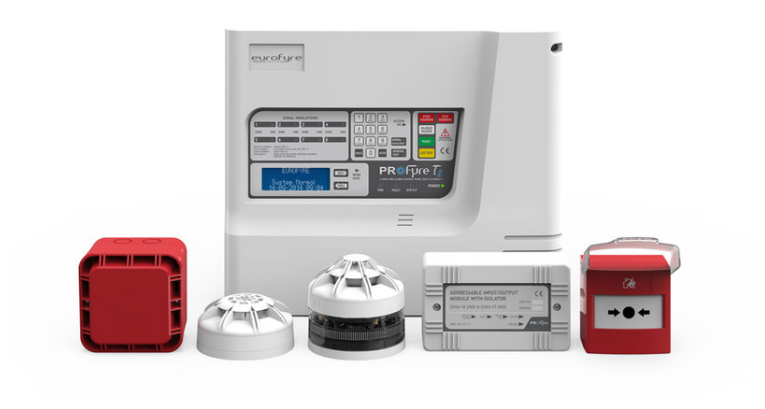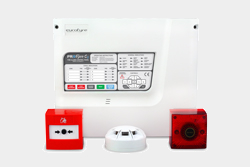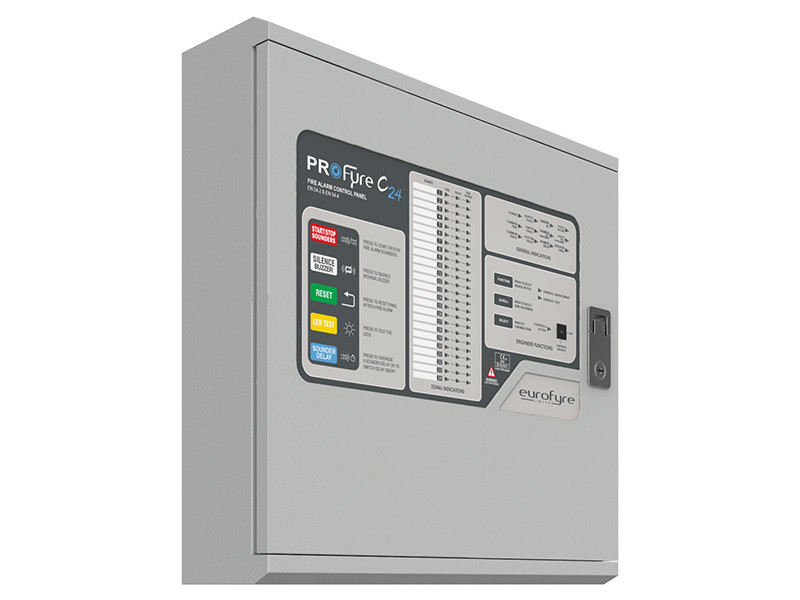A care home, or nursing home, is an institution which provides care and accommodation for those who are unable to look after themselves. Residents are typically in the later stages of their lives or have disabilities, but can also be people under the age of eighteen that are in need of care.
Care homes vary in shape and size and can be privately owned or run by councils and charities to support the vulnerable.
Woodlands View Care Home Fire, Hertfordshire
On Saturday 3rd February 2018, a fire broke out in Woodlands View Care Home after an oxygen cylinder exploded in one of the resident’s rooms. Staff took immediate action ‘ and evacuated the building as quickly and as safely as possible, contacting emergency services in the process.
Shortly after the call was received, emergency services arrived at the scene and took several patients to hospital. Unfortunately, the resident who was in the room during the explosion later died in hospital, while another remains in critical condition. Other residents were treated for minor injuries, and the rest were taken to a nearby sister care home where they will remain until Woodlands View is deemed safe to return.
After one and half hours (at around 6pm), the fire was brought under control and investigations are still underway.[1]
What are the Fire Risks?
There are many fire risks associated with care homes, including:
- Vulnerable Residents
Care Homes offer shelter for vulnerable people. Some of these residents may be unable to comprehend certain fire safety procedures and, as a result, the risk of fire is increased, particularly if that resident is a smoker. - Medical Equipment
Some residents may also need medical equipment such as oxygen tanks. If the oxygen is come into contact with an ignition source, such as a heater or cigarette, it can easily catch alight and cause a fire to spread rapidly. - Kitchens
Kitchens and catering facilities are usually present in care homes and come with a number of fire risks such as:- Open flames
- Grease build up
- Electrical equipment
- Clutter
- Public Access
With many residents family and friends, as well as staff, accessing the building at different points in the day, it may make it more difficult to keep the area clutter-free. Not only does this increase the risk of fire, but they may not be aware of the building’s layout which makes evacuation more difficult. - Housekeeping
If public areas are not kept clean and free from waste, fire risks increase. Combustible materials that are not removed such as cardboard and packaging can cause fire to spread more rapidly. Along with this, exits can become blocked and prevent efficient evacuation.
The Importance of a Reliable Fire Alarm System in the Care Home Sector
It goes without saying that reliable fire detection systems should be installed within every care home facility as they are the home of vulnerable people. As well as this, care homes are open to the public and if a fire is not detected quickly the lives of family members, including infants and young children, and staff at risk.
Evacuation Challenges
Along with this, residents may not have the ability to walk or need to stay in bed due to health implications. This creates many evacuation challenges as they may not be capable of leaving the premises quickly. Therefore, reliable fire detection must be in place to alert staff and residents that a fire has broken out and they need to reach safety, the system must offer as much time as possible to leave the building.
Cost Effective Solution
Eurofyre are proud, British manufacturers of specialist fire detection and associated safety products for commercial and industrial applications. They believe that their clients should have the opportunity to have full control over how the system is managed and select their own fire alarm system maintainer. Therefore, Eurofyre offers an ‘open protocol’ solution.
Fire alarm systems are a long-term commitment and require frequent repairs, maintenance and testing, meaning the total cost of ownership should be considered to make sure the chosen system is cost-effective.
What are the Most Common Systems Used in the Care Home Sector?
There are many types of fire detection systems Eurofyre provide, each of which offer a reliable detection solution for care home applications, for example:
Analogue Addressable

ProFyre A4
Our ProFyre A4 fire alarm panel is fully expandable and is available with either one to four loops or four to eight loops. Each loop can accommodate up to 250 devices, meaning it is the perfect solution for larger properties.
ProFyre A2
The ProFyre A2 fire alarm panel, on the other hand, provides one or two loops and is well suited to medium-sized properties as it has been designed for easy installation, setup and commissioning.
2-Wire Addressable

Eurofyre’s ProFyre 2-Wire Addressable fire alarm system offers all the benefits of an addressable system, with the simplicity of a conventional system and is well suited to small to medium-sized properties.
The ProFyre T8 2-wire addressable fire alarm panel is designed to use the ProFyre range of ancillary devices, addressable detectors, manual call points, and sounders.
Conventional
The ProFyre C8

The ProFyre C8 fire alarm panel provides a fully-featured and cost-effective conventional fire detection solution. It is well suited to small-sized conventional installations and is available in 1, 2, 4, 6 or 8 zone versions.
The ProFyre C24

The C24 fire alarm control panels are also fully-featured and cost-effective as well as expandable. ProFyre C24 panels are best suited to medium-sized properties and are available in 8, 16 or 24 zone versions to provide a high standard of quality and reliability that is easy to install, commission, maintain and operate.
To find out more about any of Eurofyre’s fire detection systems, please feel free to get in touch either by phone on +44 (0) 1329 835 024, by email to sales@eurofyre.co.uk or via the online enquiry form situated on our contact page.
Don’t forget you can follow us on LinkedIn, Twitter, Facebook and Google+ or sign up to our newsletter (in the footer below) to receive all the latest information from Eurofyre.
Sources: [1] bbc.co.uk